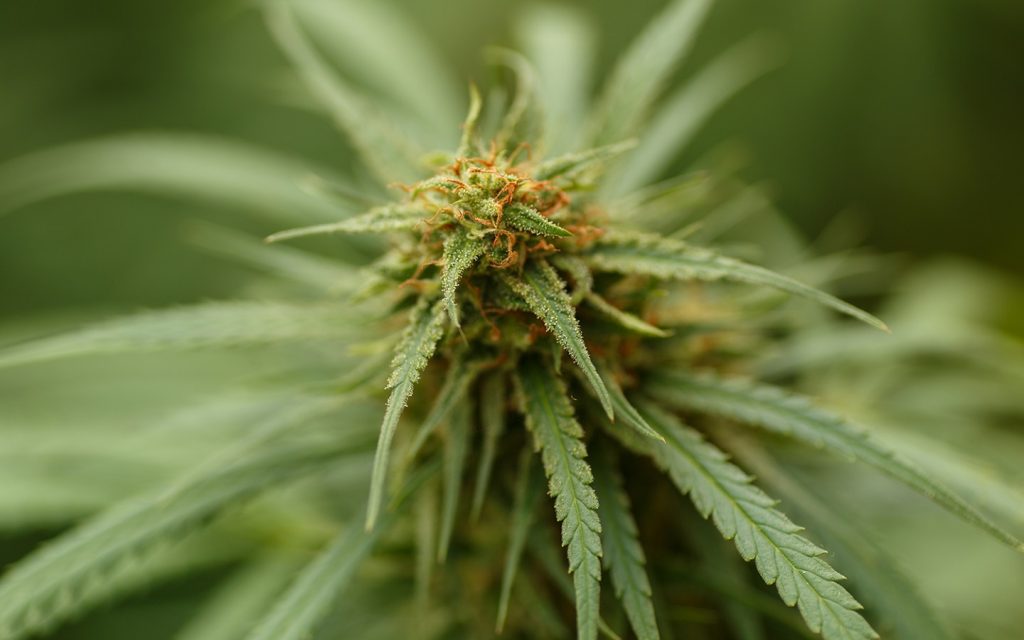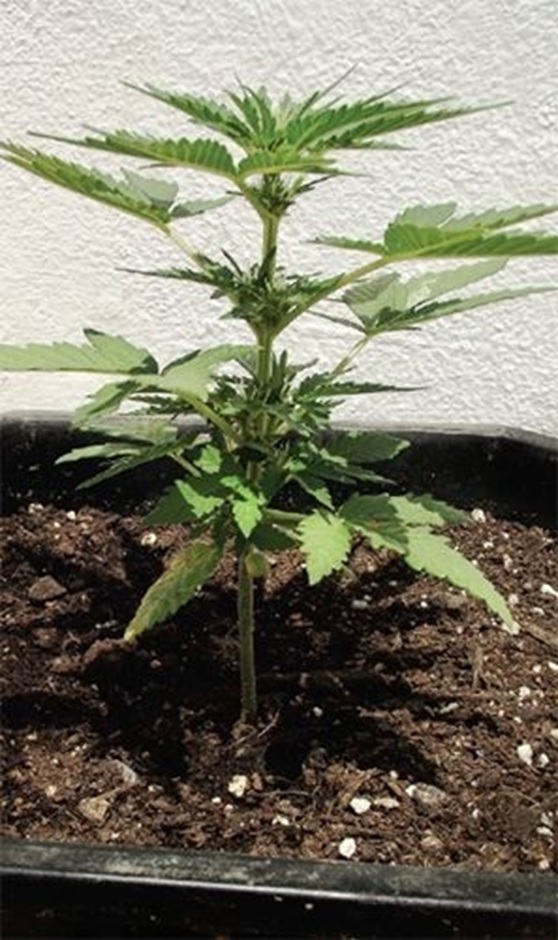All about the cannabis plant

Cannabis sativa is a member of the Moraceae family and can grow to between 3 and 15 feet (1 and 4.5 meters), depending on the variety. Landrace is the term used to describe a wild-growing cannabis strain that has evolved in the isolation of a specific geographic region. Over time, these isolated strains began to evolve their distinct traits best suited for survival in their area. Cannabis strains as we know them today are the result of crossbreeding and hybridization of these distinct landraces.
Hemp is the common name for plants of the entire genus C. sativa, although the term now refers only to cannabis strains cultivated for fiber and not drug crops. Botanists still cannot agree to which family cannabis belongs; initially, it was classified as one of the Nettle family (Urticaceae), although this was based more upon visual characteristics. It was later reclassified into the Fig family (Moraceae). However, this is still causing disagreement, so cannabis is now classified as Cannabaceae, along with the genus of hop plants. In most studies, hemp and hops are not separated from each other but are reported as hops/hemp or Cannabaceae.
Cannabis is dioecious; meaning that the plant will be either male or female. In unusual circumstances it can develop into a hermaphrodite (monoecious) plant; this means that both male and female flowers appear on the same plant. Only the female produces flowers containing significant amounts of cannabinoids. These flowers are referred to as “buds” and they
are more potent if the female is unfertilized by the male. These flowers are also known as sensimilla, meaning seedless in Spanish. Males and hermaphrodites are of no use to the medical or recreational cannabis consumer so growers must ensure that they cultivate only female plants by either taking cuttings from an established female mother plant or by starting the crop with feminized seeds to guarantee an all-female crop.

Cannabinoids in different types of cannabis
To regulate its development, the plant reads the amount of light it receives using a hormone called phytochrome, which acts as a photoreceptor, and is a pigment that plants use to detect light. When a cannabis plant receives over 12 hours of uninterrupted daylight, it deduces that it is early in the season and grows in what is referred to as the vegetative stage. This is when growth is focused on developing roots, branches, and leaves. Once the amount of daylight falls below 12 hours, the plant changes its growth cycle into the flowering stage. This occurs naturally in the fall (autumn) as the plant prepares to breed and produce seeds for the following year, before dying. Indoor growers can manipulate the light cycle without causing any problems to the plant by using timing switches on artificial lights that force the plant into thinking the season has changed. The flowering stage can be induced after as little as two weeks of vegetative growth. Outdoor growers can affect the same response in their plants by covering them or placing them in a dark room to ensure they only receive 12 hours of sunlight or less. There is no difference in the cannabinoid content of plants flowered after only two weeks’ vegetative growth when compared to those given a longer vegetative period. The plants receiving the shorter period will be smaller and yield less.
There are three distinct cannabis (Sativa, Indica, Ruderalis) drug varieties explicitly grown for their compounds, a complex fusion of approximately 60 different cannabinoids and over 400 active components, principally THC (delta-9- tetrahydrocannabinol).